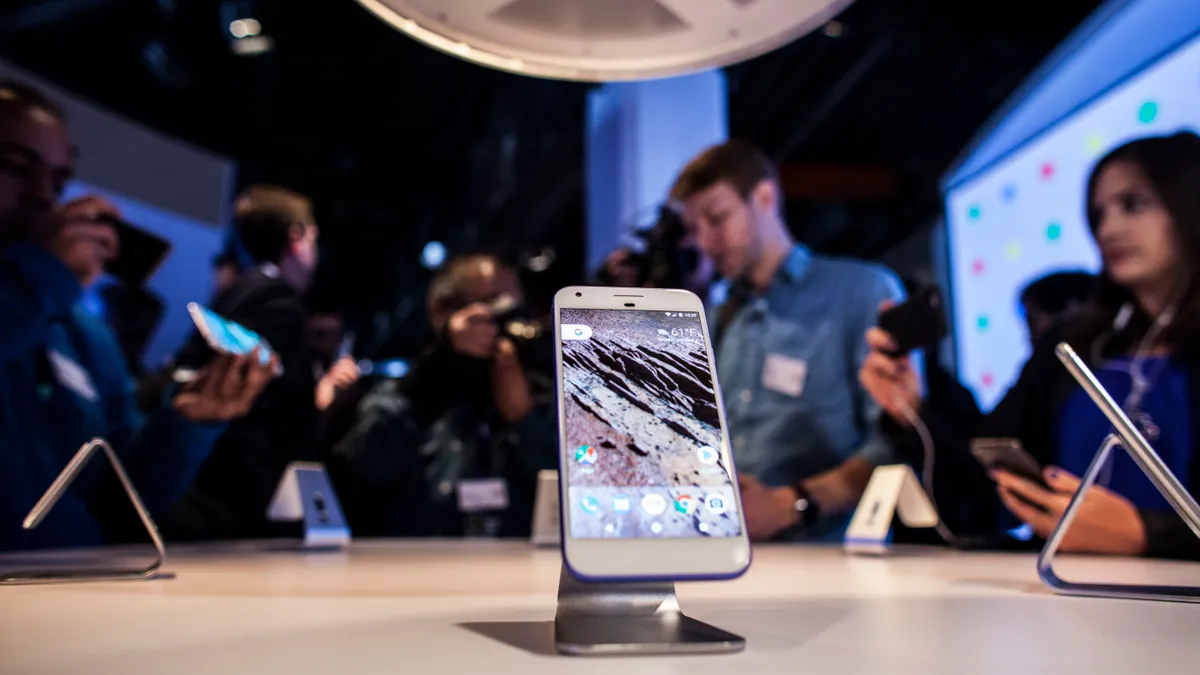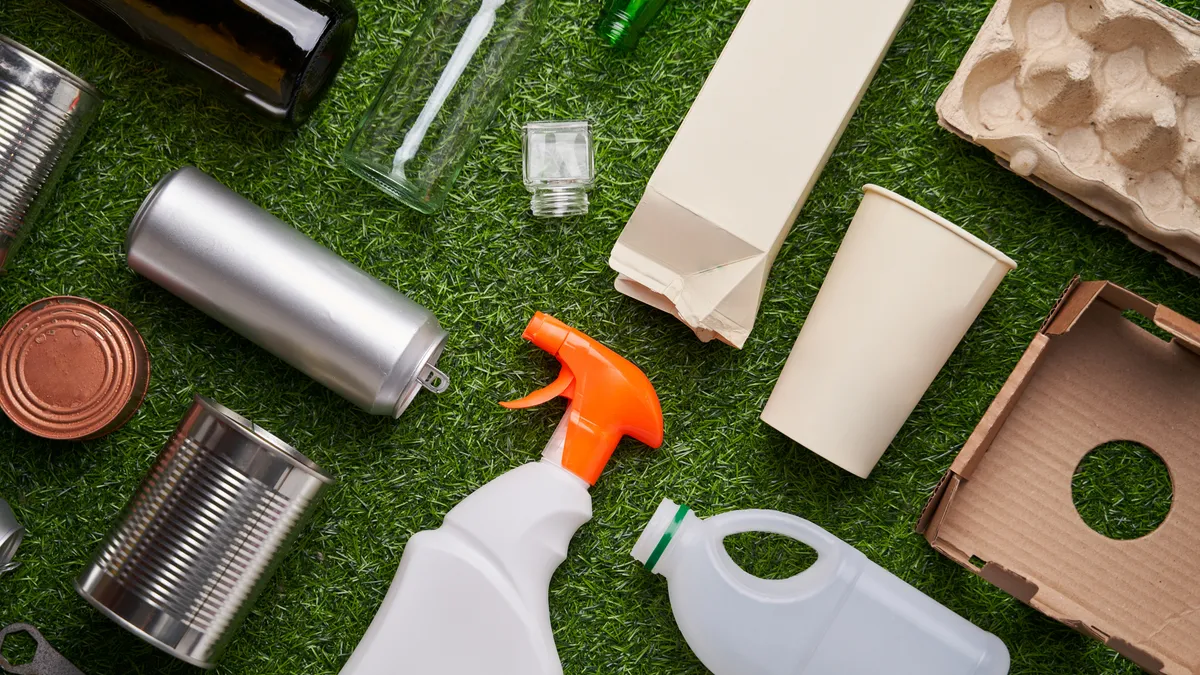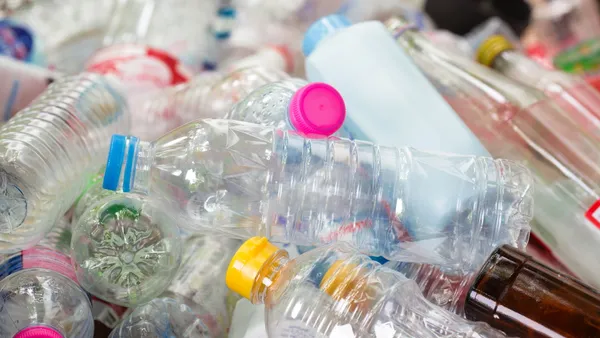Google is nearing its goal to eliminate plastic packaging for its new consumer electronics products by next year, according to the 2024 sustainability report the company released Tuesday.
The tech giant’s packaging was at least 99% plastic-free for “new Google products launched and manufactured in 2023.” That’s up from 96% in 2022. The data is based on total packaging weight for new Google Pixel, Nest, Chromecast and Fitbit retail products globally launched and manufactured in a given year. Google set a goal in 2020 to eliminate all plastics from its electronics packaging by 2025.
“We’re working to achieve this target by designing Pixel, Nest, Chromecast, and Fitbit packaging to minimize the use of plastic,” the report states. Competitor Apple said last fall that it is on track to eliminate plastic in its primary and secondary electronics product packaging by 2025.
The packaging for the Pixel 8 and Pixel 8 Pro phones — which were introduced in October 2023 — is 100% plastic-free. The first Pixel phone was released in October 2016, and Google says since that time it has “made significant progress” on improving Pixel packaging. In addition to eliminating plastic in the most recent version’s packaging, the company has also reduced packaging weight and volume by at least 50%. Smaller, lighter packaging “allows more devices to be transported in a single shipping container,” the report says.
The report also said that Google is making its packaging more recyclable by moving toward fiber-based materials, noting it will “continue to work with suppliers to create plastic-free packaging solutions that are protective and aesthetic.”
But there are hurdles on that journey. The report says “transitioning away from plastic packaging is challenging because plastic-free alternatives are often not available for specific packaging needs.” Accelerating the transition away from plastic and toward more durable and reusable options “requires innovation in both materials and the systems that enable movement of goods through the economy,” according to the report.
Last month, Google released its plastic-free packaging design guide for consumer electronics. The guide centers on five principles, including prioritizing recyclability, minimizing waste and protecting products. The company intends for the guide to serve as an open resource that accelerates sustainability work across industries.
Despite some advances on packaging, Google backslid on other sustainability metrics. Its total greenhouse gas emissions increased 13% year over year and increased 48% compared with the 2019 baseline. The tech company set goals to reduce its scope 1, 2 and 3 emissions by 50% by 2030. The increase is “primarily driven by increased data center energy consumption and supply chain emissions,” according to the report.
The 2024 sustainability report covers data from the 2023 calendar year.











